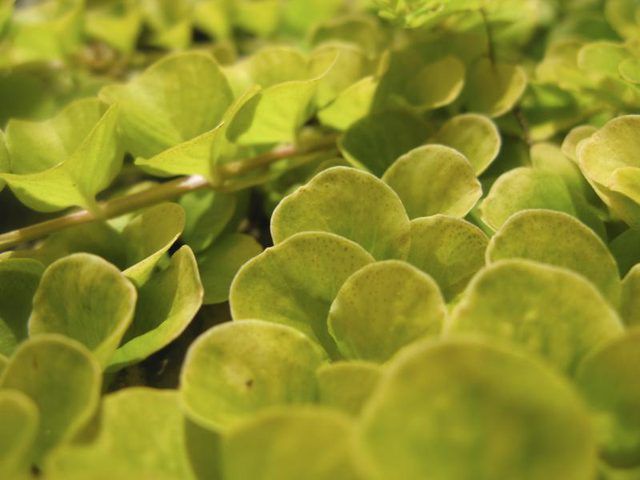Bulbs
Flower Basics
Flower Beds & Specialty Gardens
Flower Garden
Garden Furniture
Garden Gnomes
Garden Seeds
Garden Sheds
Garden Statues
Garden Tools & Supplies
Gardening Basics
Green & Organic
Groundcovers & Vines
Growing Annuals
Growing Basil
Growing Beans
Growing Berries
Growing Blueberries
Growing Cactus
Growing Corn
Growing Cotton
Growing Edibles
Growing Flowers
Growing Garlic
Growing Grapes
Growing Grass
Growing Herbs
Growing Jasmine
Growing Mint
Growing Mushrooms
Orchids
Growing Peanuts
Growing Perennials
Growing Plants
Growing Rosemary
Growing Roses
Growing Strawberries
Growing Sunflowers
Growing Thyme
Growing Tomatoes
Growing Tulips
Growing Vegetables
Herb Basics
Herb Garden
Indoor Growing
Landscaping Basics
Landscaping Patios
Landscaping Plants
Landscaping Shrubs
Landscaping Trees
Landscaping Walks & Pathways
Lawn Basics
Lawn Maintenance
Lawn Mowers
Lawn Ornaments
Lawn Planting
Lawn Tools
Outdoor Growing
Overall Landscape Planning
Pests, Weeds & Problems
Plant Basics
Rock Garden
Rose Garden
Shrubs
Soil
Specialty Gardens
Trees
Vegetable Garden
Yard Maintenance
How to Grow Creeping Jenny (Lysimachia Nummularia)
How to Grow Creeping Jenny (Lysimachia Nummularia). Creeping Jenny (Lysimachia nummularia), which grows as a perennial in U.S. Department of Agriculture plant hardiness zones 2 through 9, is a spreading, creeping ground cover that grows 18 to 24 inches wide and between 2 and 4 inches tall. The cultivar "Aurea," which you may find at...

Creeping Jenny (Lysimachia nummularia), which grows as a perennial in U.S. Department of Agriculture plant hardiness zones 2 through 9, is a spreading, creeping ground cover that grows 18 to 24 inches wide and between 2 and 4 inches tall. The cultivar "Aurea," which you may find at garden centers, has golden-yellow leaves and also grows in USDA zones 2 through 9. Creeping Jenny is considered invasive in some areas.
Sun or Part Shade
Creeping Jenny grows best in part shade to full sun but you're growing "Aurea," pick a sunny spot for more vibrant color in the yellow-gold leaves. In warm climates, somewhere with some afternoon shade is best for both the standard variety and the cultivar or they can get scorched. Part shade is commonly designated as an area that gets between two and four hours of direct sun a day. Full sun means at least six hours of direct sun.
Soil, Spacing and Tolerances
Not many plants like growing in wet heavy soil but creeping Jenny is an exception growing well in clay, wet muddy areas or loamy, moist soil. Space standard creeping Jenny 18 to 24 inches apart. If you're growing the smaller cultivar "Aurea" plant them 12 to 18 inches apart. Soil amendments before planting aren't necessary as creeping Jenny grows well even in poor soil.
In areas plagued by rabbits creeping Jenny is a smart choice as these nibbling garden pests leave it alone. In areas with light foot traffic, such as between paving stones, creeping Jenny is a hearty choice that will thrive.
Water Needs
The best spot for creeping Jenny is a place where water collects naturally or that remains naturally moist. In drier areas of the garden, water once a week in the winter and up to three times a week in the summer or as often as needed to keep the soil consistently moist. While this hardy ground cover can survive drought, it gets dry and shriveled looking when the soil is allowed to dry out. Water with a sprinkler or soaker early in the morning until the soil is damp down 5 to 6 inches.
Fertilizer by Area
Creeping Jenny grows rampantly without any fertilizer. If your ground cover is growing slowly or if you just want to give it a boost, fertilize in the spring as it starts to put out new growth. Use a balanced or complete fertilizer like a 10-6-4 or a 10-10-10 blend. Use 1 pound of granular for each 100-square-foot area, which is a bed 10 by 10 feet. Sprinkle the fertilizer evenly over the area then water it, spraying the foliage to rinse any fertilizer off the leaves and onto the soil. Use 1 inch of water -- enough to soak the soil 5 to 6 inches deep -- after fertilizing.